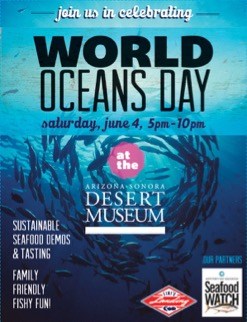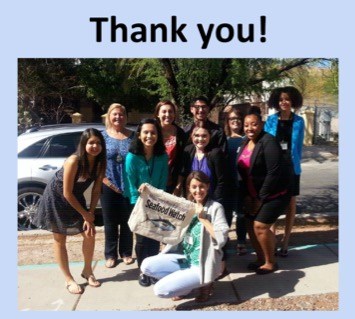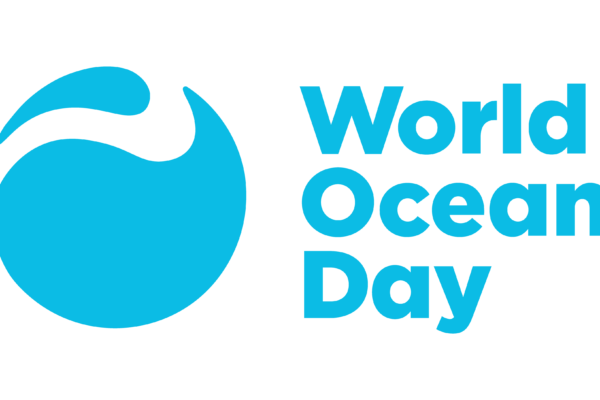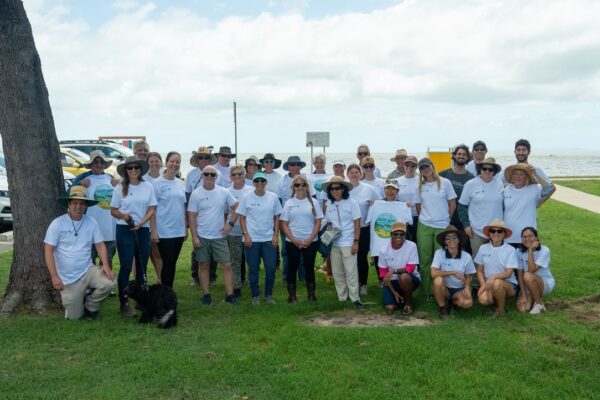This guest post is submitted by Debbie Colodner, Director of Conservation Education and Science from the Arizona-Sonora Desert Museum, and is the second in a 3-part series on their Innovative Solutions Grants+ project where they are partnered with Leading for Good to see if they can move the needle on sustainable seafood in Tucson, Arizona.
As described previously, the Tasting Sustainability Project partners the Arizona-Sonora Desert Museum with the Leading for Good Internship Program in Tucson, Arizona to test strategies for engaging local restaurants on sustainable seafood issues, and encouraging changes in their sourcing. As a secondary goal, the Museum is testing strategies for engaging young adults (millennials) in its mission and programs. We are happy to report progress on both fronts.
Identifying restaurants and understanding their interests
Based on their interviews, the team divided restaurants into four types (upscale, tavern, family/cultural and hip/urban), finding that at least in this small sample the upscale and hip/urban tended to be more interested in the issue. They then developed and presented customized strategies for raising awareness and engaging customers, specifically young adult customers. The four strategies included in-restaurant signage (table tents, posters, menus), social media campaigns, training for wait staff, and co-hosting partner events with the Desert Museum. The team prototyped each of the strategies with “mini experiments” at four of the restaurants, learning lessons on the first three before deciding to go forward with the fourth.
- Signage - The feedback on the table tents/signage was that restaurant owners didn’t feel like it was their role to “educate” their customers on this issue, but rather respond to customer questions.
- Social media campaign – The group proposed having customers post pictures of themselves and their sustainable dishes and tagging the restaurant, but that was thought to take too much time to explain and compile into useful advertising for the restaurant.
- Training – The group also tried offering training for wait staff during a staff meeting, but time was very limited. The restaurant where this was prototyped, as well as one other continue to be interested in this as part of an ongoing partnership with ASDM, however.
- Events – The feedback was much more positive on the possibility of co-hosting events at restaurants and/or at the Museum, so the group determined that this would be the strategy they would like to test further, including social media and marketing for the events. Restaurants value the potential for increased exposure from this strategy. Next we will be testing two restaurant events and featuring sustainable seafood at World Ocean Night at the Museum (We’re compiling those results now!)
Some promising results so far on our primary goal of engaging local restaurants on sustainable seafood issues: 8 of the 13 already have said they are interested in going forward and partnering in the Museum’s sustainable seafood efforts! One is already a Seafood Watch partner and 6 are interested in learning more about this possibility. Another has already explored this, but their parent company is not ready to pursue it. (The Museum is also exploring the interns’ recommendations to develop a local seafood sustainability partnership program that might be a steppingstone to a full partnership with Monterey Bay.) Two new restaurants have been recruited to offer sustainable seafood tastings at World Oceans Night, and will join two that have participated before.
With respect to our secondary goal of young-adult engagement with the Museum, this project has been extremely successful with the interns themselves. The college interns showed positive change in measures of self-efficacy, became confident and competent educators around sustainable seafood issues, developed a much greater affinity for the Desert Museum, and were much more likely to recommend the Museum to their friends. What we’ve learned from this program also has helped us recruit many more “millennials” to our interpretive volunteer corps as well, with 30 of the 46 new stingray interpreters coming from this younger demographic.
Our next steps:
We will try to answer the following questions related to co-hosted Sustainable Seafood events:
- Do they increase the likelihood of action on sustainable seafood issues?
- Do they drive more customers to restaurants that serve sustainable seafood?
- Do they increase the Museum’s engagement with younger audiences?
More soon! In the meantime, have a look at our power point presentation on our project:
[pdf-embedder url="https://theoceanproject.org/wp-content/uploads/2016/07/ASDM-Tasting-Sustainability-Final-Presentation-May-2016-1.pdf"]





